Q&A – Asphalt roof advice
October 24, 2025 at 6:00 a.m.Before starting their reroofing project, this homeowner checked in with the AskARoofer Experts for a bit of advice.
Ann, a homeowner from California, recently asked our expert for their thoughts on their asphalt roof. Ann asked:
I have a single layer asphalt roof on my house. It is 30+ years old but does not leak. I am going to reroof soon. Should I put felt down first or just reshingle?
One of our AskARoofer experts, John Kenney with Cotney Consulting Group, had to say in response:
Ann, you're doing the right thing by asking before diving into a reroof, especially with a roof that's over 30 years old. If you're planning a full tear-off, you want to install felt or synthetic underlayment before the new shingles go on. That layer provides a secondary moisture barrier, protects the deck during installation and improves the shingle layout for long-term performance. It's a standard part of doing the job right.
Now, if you’re considering a roof-over (adding a second layer of shingles without removing the old ones), that does change things. Underlayment isn’t installed between layers; the new shingles go directly over the old ones. While this may be allowed by code in some areas, it can shorten the new roof's lifespan due to trapped heat and limited ventilation. It also masks hidden deck damage, something you won't know until it's too late. The original roof needs to be flat, dry and solid for a second layer to perform even reasonably well.
If you’re investing in a roof you want to last, a tear-off with new underlayment gives you a fresh start and peace of mind. It's a better long-term solution, especially on a roof at this age. However, a roof-over can work if cost is a significant factor and the existing shingles are in good structural shape. Understand what you're trading off.
But John wasn't the only expert with advice for Ann, Jose Castellanos with Bumble Roofing added:
We highly recommend a complete reroof which includes removing the existing layer of shingles, installing new synthetic underlayment (not felt), and installing new shingles on solid sheathing. I always advise against overlays (installing another layer of shingles on top of the existing shingles) for a few reasons. The first reason is that no manufacturer will warranty the material. The second reason is that an overlay is simply a band-aid and may not address underlying issues such as water damage, dry rot on plywood, or ventilation concerns.
Have a question? AskARoofer.
Find your local roofing contractor in the AskARoofer™ Contractor Directory.


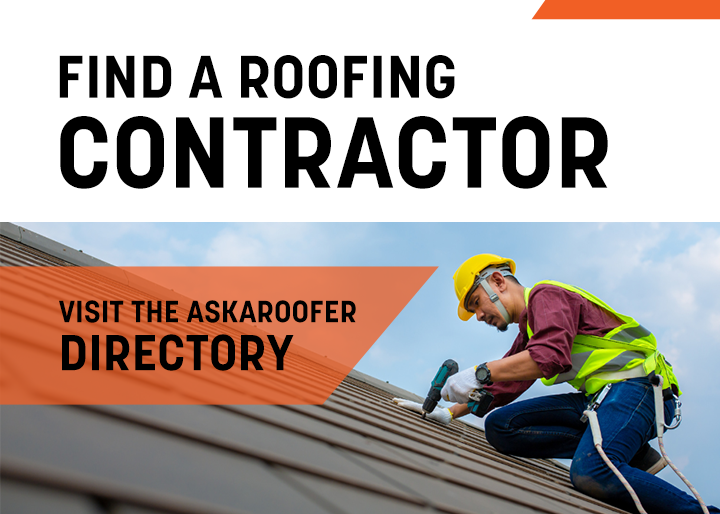

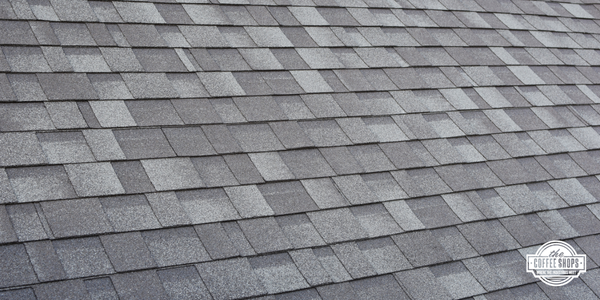
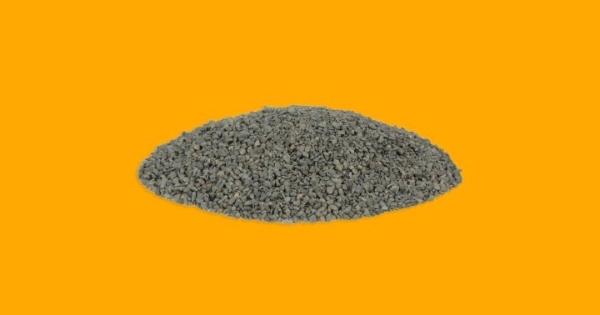
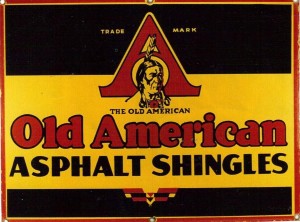
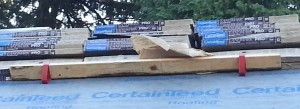



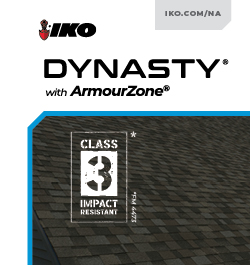


Comments
Leave a Reply
Have an account? Login to leave a comment!
Sign In